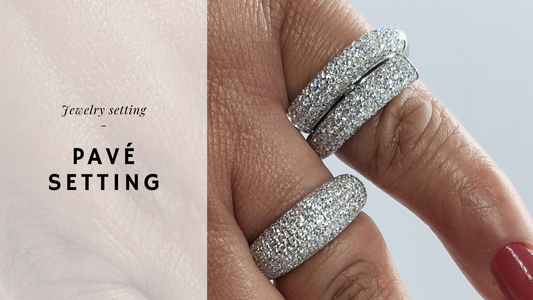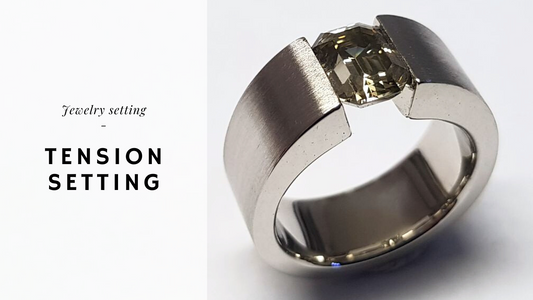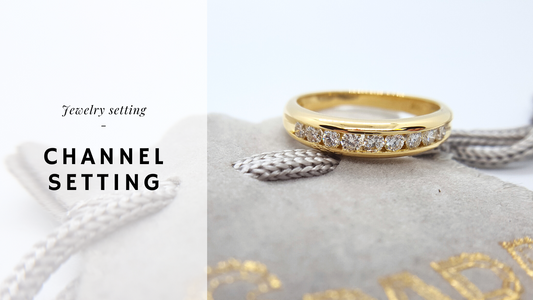
Dionysus, known for his love of grape juice, was the Greek god of wine; however, after a few goblets, he became a little confrontational. One day in the forest, with goblet in hand, the tipsy Dionysus took insult from a passing mortal that refused to show him respect. The incident provoked his wrath, and Dionysus swore revenge on the next mortal that he saw...
Along came Amethyst, a beautiful young maiden on her way to pay tribute to the goddess Diana. Dionysus targeted Amethyst as the object of his revenge, and with the snap of his fingers, he summoned two ferocious tigers to devour the girl. As Dionysus sat back to enjoy the spectacle, Amethyst cried out to Diana. Seeing what was about to happen, Diana transformed Amethyst into a glimmering, pure-white quartz statue, thus protecting her from the ferocious tigers. Moved with guilt, Dionysus realized the ruthlessness of his actions and began to weep with sorrow. As the tears dripped into his goblet, Dionysus collapsed, spilling the tear-tainted wine onto the statue of Amethyst. The white quartz absorbed the wine's color, creating the colored gem that we refer to today as amethyst, the gemstone of the gods.

With the mythology surrounding the origin of amethyst, it is perhaps fitting that it was once considered a talisman to prevent drunkenness, which explains why wine goblets were made from this gem. As the ancient Greeks often playfully manipulated words from other languages, it is possible that they jokingly converted the Hebrew word for a purple gem, achlamath, to the Greek word amethustos, meaning "not drunk", from which the modern name for amethyst is derived. In legend, it is usually taken literally, as if the Greeks really thought amethyst would prevent drunkenness.
Amethyst's shades of violet to purple have served as a symbol of royalty throughout history. Pharaohs, kings, and queens, as well as leading lights in religious sects, have long treasured it because of its rich, royal color.
Interestingly, this fascination with the color purple dates back to Roman times, when generals celebrating triumphs (and later, emperors who never fought a battle) got to wear a toga picta (a bright purple toga with gold embroidery).
Because amethyst was thought to encourage celibacy (it was believed to have a sobering effect not only on drunkards, but also upon those overexcited by passion), amethyst was very important in the decoration of Catholic churches in the Middle Ages. Considered to be the "papal stone" even today, bishops still wear amethyst rings.

Many other qualities were attributed to amethyst in the 15th century. Leonardo Da Vinci wrote that amethyst was able to dissipate evil thoughts and quicken the intelligence. It was also believed to render people shrewd in business matters, preserve soldiers from harm, and assist hunters in capturing wild animals.
The history of adornment can be traced back to the Minoan period in Greece (circa 2500 BC), where amethyst has been found as polished cabochons set into gold rings. Popular in the 19th century, amethyst was a favorite gem in art nouveau jewelry.



